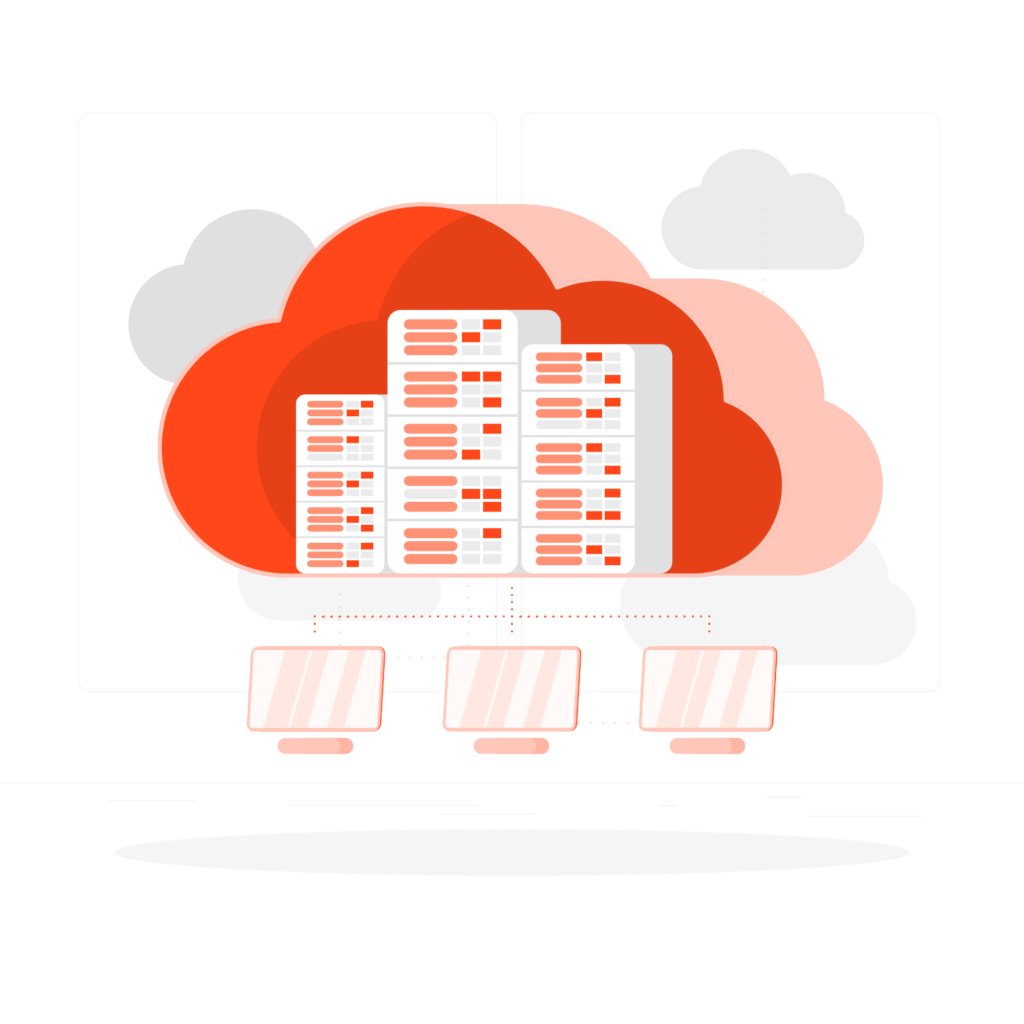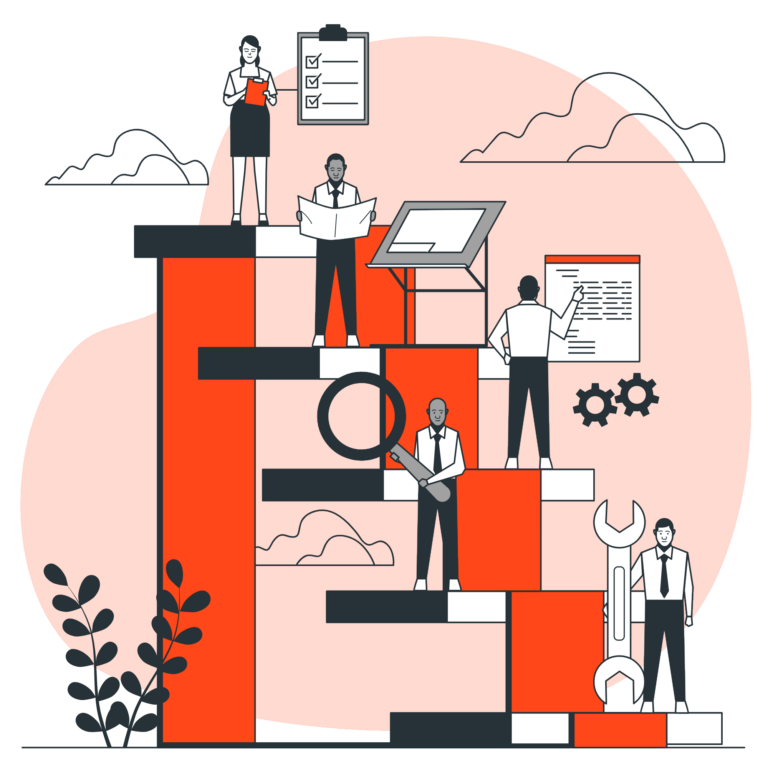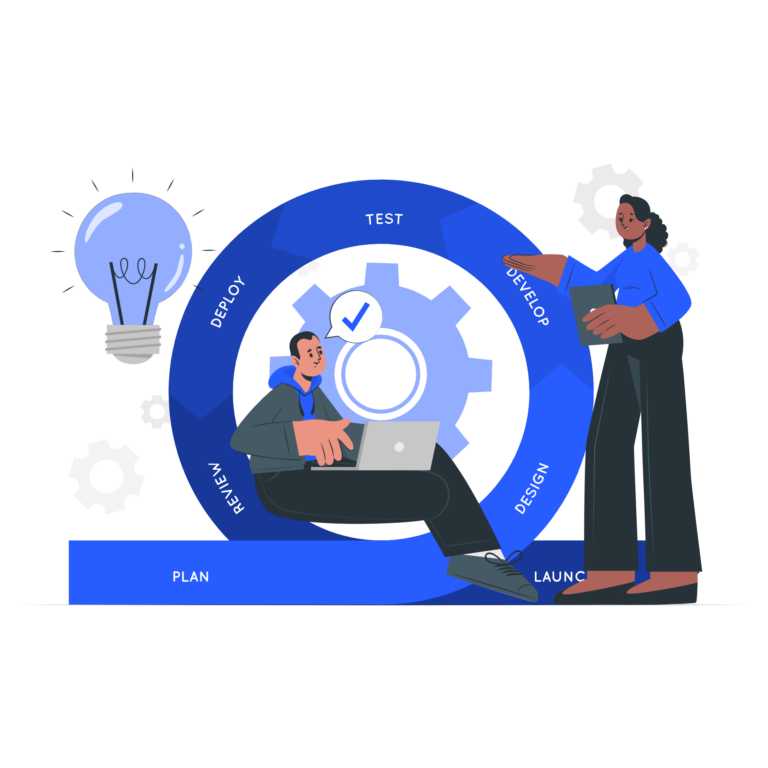Scaling quickly and cheaply to the cloud
Hybrid integration through iPaaS! Have you ever googled "How to scale business"? Try it and you will be amazed at the results you find! The most surprising thing about this issue is that it probably doesn't surprise many people. The topic is popular because regardless of business size, the goal for everyone is to grow, serving more and more customers, solving more problems in order to increase their profits. To date, scalability is increasingly on the minds of IT companies. What is the redundant problem that comes up suave when you fantasize about this growth?
The recurring problem is choosing the wrong product which, inevitably is likely to cause great difficulties for your customers, making them increasingly dissatisfied and ready to look for someone more reliable. Scalability, on the other hand, means meeting customers' needs as they arise. If you want to grow without major technological hiccups over time, cloud technology makes scaling faster, smarter and more cost-effective than on-prem servers. It all comes down to having a flexible and responsive technology stack at your fingertips at all times: no need for time-consuming and expensive manual upgrades.
But what is this famous "scalability"?
Scalability represents the ability to evolve one's systems with speed according to the needs that arise from time to time. Trivial example, may be the need to decrease the computing capacity of a server, in a given time slot in order to preserve the economic part.
Cloud scalability vs. on-prem scalability
But what does it mean that the cloud offers better scalability than on-prem systems?
Imagine that you have a system running that has always performed more than efficiently and has always satisfied the customer. Where this customer, for disparate reasons, requires an increase in efficiency as a result of significant user growth, a hardware upgrade (vertical scaling) of existing machines or, even, adding new machines to systems (horizontal scaling) will be inevitable. This scenario makes it clear that vertical and horizontal scaling is manual in nature and requires investment in both technology and personnel.
In all, in order to proceed with this development, it will be appropriate and inevitable to have to put systems under maintenance to avoid possible problems. On the other hand, the move to the cloud allows you to skip all the manual steps of on-prem scaling. Cloud systems can scale both vertically and horizontally, just like on-prem, but since the resources (additional computing power, servers, and machines) already exist, there is no lengthy and expensive approval and scaling process. In addition, one risk that can be avoided with cloud solutions is human error.
In fact, with cloud deployments, your technical team will get computing power and the servers it needs. This way, you will no longer risk paying for resources you don't use. You will avoid slowdowns, loss of customers and serious technology incidents. In addition, in many cloud solutions, scaling is automatic.
Do you know what that means?
For example, you are on WIRED Magazine and suddenly your product is being used twice or three times as much overnight, your systems are scaling up to meet demand. The cloud, then, is already set up to handle ' incredible growth! Conversely, should an unexpected event leave you with less computing power, your systems scale back and you pay only for the power you need.
Don't you want to scale automatically?
Quiet, the Cloud offers other solutions!
Most companies choose to scale automatically in the cloud, allowing systems to scale up, down, in or out as needed. But, of course, one can also choose a cloud system that offers more manual control. Manual scaling in the cloud, is easier than manual scaling in an on-prem configuration (the push of a button versus a lengthy process of requesting additional resources, scoping, approving, purchasing, and installing).
However, the downside of manual resizing (and the reason why automated options are becoming more popular) is that it requires human intervention, which could cause delays in the case of rapid resizing. Among other things, the person responsible for resizing, might forget to resize after an increase in demand. Which means, once again, paying for resources that are not needed.
Scheduled scaling is another cloud scaling option. This type of scaling, can be set to increase during expected peak times and decrease during expected low points.
Staying safe while scaling in the cloud
Have you ever wondered why on-prem companies hesitate to move to the cloud?
The first response you're likely to get is related to security. In fact, 94% of the companies surveyed, say that security improved after moving to the cloud. But how does the cloud maintain security while scaling? Don't worry, the answer lies in best practices: rigorous security testing , disaster recovery plans, encryption in transit and at rest.
Not to mention that the cloud protects systems at the individual user level, not just at the first entry into the system. This reduces the security risk of a rapidly growing team. Cloud systems also take a zero-trust approach to security, which means security controls on every endpoint and for every user in the enterprise. What is the reason for a zero-trust approach? Simple: on-prem servers are typically protected by an enterprise-wide VPN. If a hacker can get into the VPN, it triggers panic, because they have access to everything.
If, on the other hand, every user has access to the same level of security, a hacker can only breach a login to generate chaos. With cloud systems, security takes the form of unique logins and checkpoints through which systems verify the identity and credentials of devices, thus acting as security gates between each tool. This is the way by which it is possible to ensure that a vulnerability in a system or login does not cause danger. And this is probably why the vast majority of companies experience increased security when migrating to the cloud.
What are you waiting for to migrate to the cloud?



